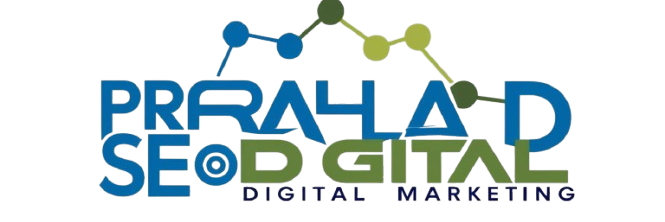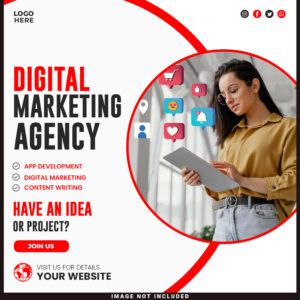Welcome to our corner of the web! If you’re looking to boost your website’s visibility and attract more organic traffic, you’ve come to the right place. Today, we’re diving deep into a fundamental aspect of search engine optimization (SEO): what is on-page SEO?
At its core, on-page SEO (sometimes called on-site SEO) refers to all the actions you can take within your website to optimize individual web pages and improve your search engine rankings. Think of it as fine-tuning your website’s content and structure to make it as appealing as possible to both search engines like Google and, most importantly, your target audience.
So, what is on-page SEO in practical terms? It encompasses a wide range of elements, all working together to signal to search engines what your page is about and how valuable it is to users searching for related terms. Let’s break down some of the key components:
1. Content is King (and Queen!)
High-quality, relevant, and engaging content is the cornerstone of any successful on-page SEO strategy. This includes:
- Keyword Research and Integration: Understanding what terms your target audience is searching for and naturally incorporating those keywords into your page content (titles, headings, body text). Remember, keyword stuffing is a big no-no!
- Compelling and Informative Text: Providing valuable information that answers users’ questions and keeps them engaged on your page.
- Freshness and Uniqueness: Regularly updating your content and ensuring it offers a unique perspective or valuable insights compared to other websites.
2. Optimizing Your Page Titles and Meta Descriptions
These are the first things users see in search engine results pages (SERPs). They play a crucial role in attracting clicks to your website.
- Title Tags: These should be concise, compelling, and include your primary keyword. Aim for around 50-60 characters.
- Meta Descriptions: These provide a brief summary of your page’s content. While not a direct ranking factor, a well-written meta description can significantly improve your click-through rate (CTR). 1 Keep them around 150-160 characters.
1. ghreact-hub.medium.com
3. Header Tags (H1-H6): Structuring Your Content
Header tags help organize your content and make it easier for both users and search engines to understand the hierarchy and key topics on your page.
- H1 Tag: This is the main heading of your page and should clearly state the primary topic, ideally including your main keyword.
- H2-H6 Tags: Use these to break down your content into subtopics and further organize your information.
4. Image Optimization: More Than Just Pretty Pictures
Optimizing your images can improve your page load speed and provide additional context for search engines.
- Descriptive File Names: Use relevant keywords in your image file names (e.g., “blue-widgets.jpg” instead of “image123.jpg”).
- Alt Text: Provide descriptive alt text for your images. This text is displayed if the image fails to load and helps search engines understand what the image is about.
5. Internal and External Linking: Building Connections
Links help search engines discover and understand the relationships between different pages on your website (internal links) and other authoritative websites (external links).
- Internal Links: Link to other relevant pages on your own website to keep users engaged and improve your site’s navigation.
- External Links: Link to high-quality, relevant external resources to add credibility and value to your content.
6. URL Structure: Keep it Clean and Simple
A well-structured URL is easy for both users and search engines to understand.
- Short and Descriptive URLs: Use keywords in your URLs and avoid long, complex strings of characters.
- Use Hyphens: Separate words in your URLs with hyphens (e.g., “what-is-on-page-seo”).
Why is On-Page SEO Important?
Understanding what is on-page SEO and implementing it effectively is crucial for several reasons:
- Improved Search Engine Rankings: By optimizing your content and website structure, you make it easier for search engines to understand and index your pages, leading to higher rankings in search results.
- Increased Organic Traffic: Higher rankings mean more visibility and more organic traffic to your website from users actively searching for information related to your business.
- Better User Experience: Well-structured and optimized pages are easier for users to navigate and understand, leading to a more positive user experience.
- Higher Conversion Rates: By attracting the right kind of traffic and providing a positive user experience, you increase the likelihood of converting visitors into customers.
Getting Started with On-Page SEO
Now that you have a better understanding of what is on-page SEO, you can start implementing these strategies on your own website. Begin by focusing on creating high-quality content and optimizing your page titles and meta descriptions. Gradually work your way through the other elements to build a strong foundation for your SEO efforts.
Remember, SEO is an ongoing process. Continuously monitor your website’s performance and adapt your strategies as needed. By consistently focusing on on-page optimization, you can significantly improve your website’s visibility and achieve your online goals.
Stay tuned for more tips and insights on how to grow your online presence!


